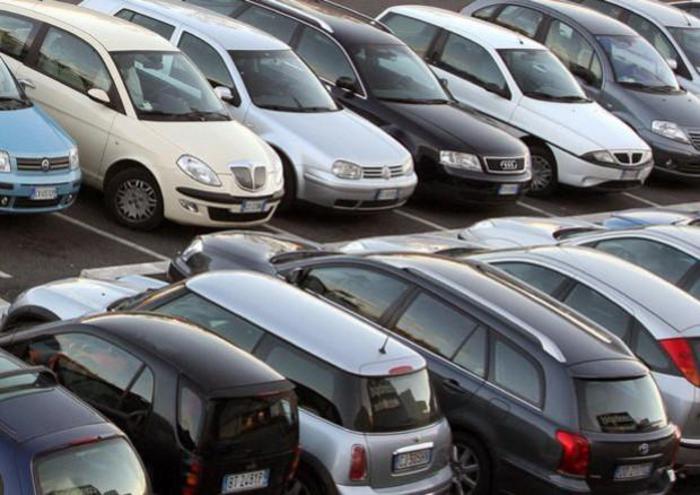Enlarge image
Empty beaches, falling numbers: a beach chair in Eckernförde in Schleswig-Holstein
Photo: T. Nowack / peno foto / imago images
A quarter of the citizens in Germany are now vaccinated, now the number of new corona infections is falling noticeably nationwide.
Every fourth district in Germany now has a seven-day incidence of less than 100. According to figures from the Robert Koch Institute (RKI), 103 of the 412 districts and urban districts recorded are currently below this politically set mark.
For comparison: a week ago only 57 circles were below the 100 threshold.
If the seven-day incidence - i.e. the number of new infections per 100,000 inhabitants within a week - is over 100 on three consecutive days, the so-called federal emergency brake applies.
This means that stricter rules such as exit restrictions automatically apply.
The federal and state governments had agreed on the emergency brake in order to introduce uniform nationwide rules for high incidences.
Previously, individual prime ministers had disregarded the agreements of the Bund-Länder round.
After the agreement, Chancellor Angela Merkel (CDU) expressed the hope that many districts would proactively put in place suitable measures to contain the corona virus so as not to pass the 100 threshold.
Or to fall below this again quickly.
Regional incidences from 32 to 557
However, the infection situation is still very different in the countries.
The RKI gave the incidence in Schleswig-Holstein on Tuesday as 57.
Hamburg and Lower Saxony were also below the 100 mark. Thuringia with an incidence of 217 and Saxony with a value of 204, on the other hand, are significantly higher.
At the district level, it looks particularly good in Flensburg (32), the Saale-Orla district in Thuringia has the highest incidence nationwide with 557 infected per 100,000 inhabitants.
Viewed nationwide, however, several key figures on the infection process point in the direction of relaxation:
The health authorities in Germany reported 7534 new corona infections to the RKI within one day.
On Tuesday a week ago, the value was 10,976.
The nationwide seven-day incidence was 141.4 - significantly lower than a week ago with 167.6.
In the intensive care units, the situation has not worsened in the past few days.
According to the RKI management report from Monday evening, the nationwide seven-day R-value was 0.88.
This means that 100 infected people theoretically infect 88 more people.
The R-value represents the occurrence of the infection 8 to 16 days ago.
If it is below 1 for a longer period of time, the infection process subsides;
if it is consistently higher, the number of cases increases.
The optimistic values can be due to the behavior of the people, but also to the progress in vaccination.
However, it is still too early to see the clear effects of the federal emergency brake.
Medical officers warn against stopping the test
Doctors warn, however, against relieving too quickly. With reference to the debate about easing the situation for those who have already been vaccinated, Ute Teichert, chairman of the Federal Association of Doctors of the Public Health Service, told the Funke Mediengruppe newspapers: “It would be fatal if vaccinated and convalescent people were exempted from all test obligations in the future, for example when entering the country . "She explained:" Without comprehensive tests, we lose track of what is happening in the infection - especially when it comes to virus variants. "
SPD health expert Karl Lauterbach expects an exponential drop in the number of corona infections in mid or late May.
He told the “Münchner Merkur”: “The current corona numbers are so far due to the functioning emergency brake and not to the vaccination.
That will only change when the rate of first vaccinations is between 40 and 60 percent. «Germany will be ready by the third or fourth week of May.
mrc / dpa








